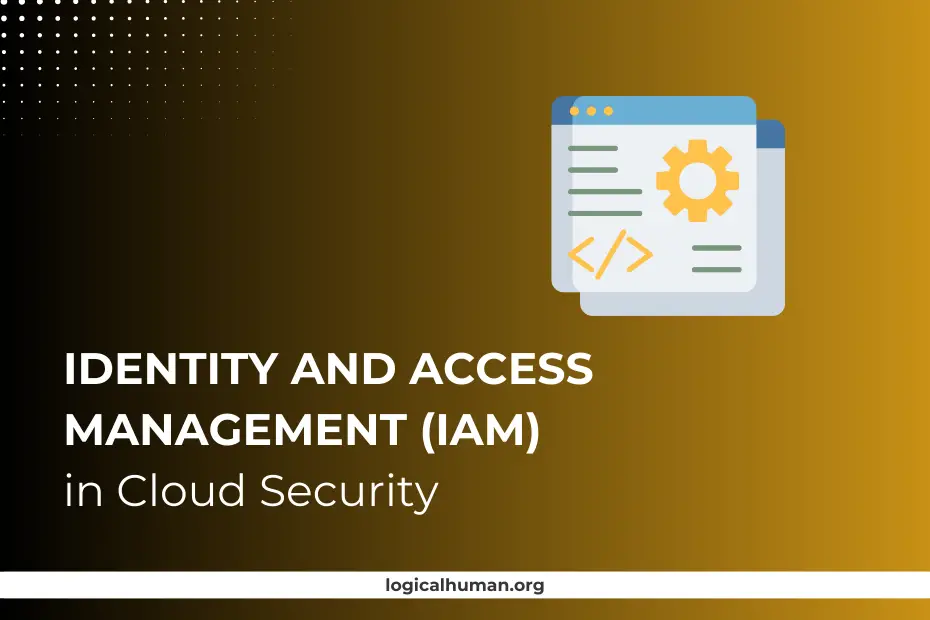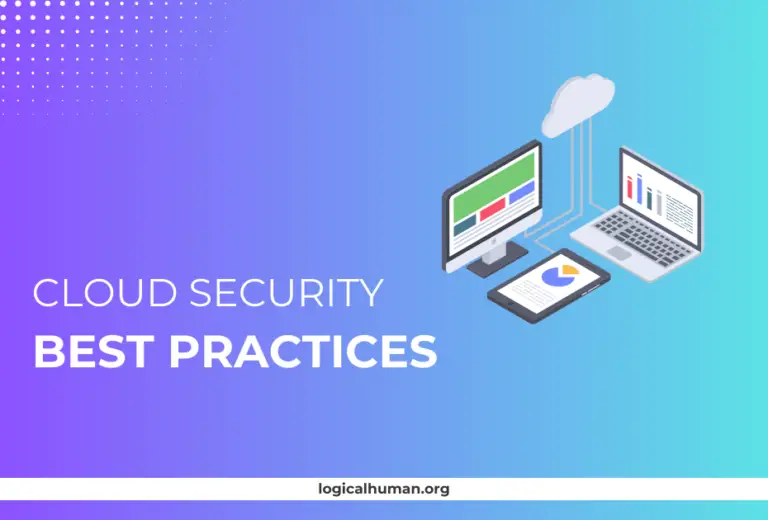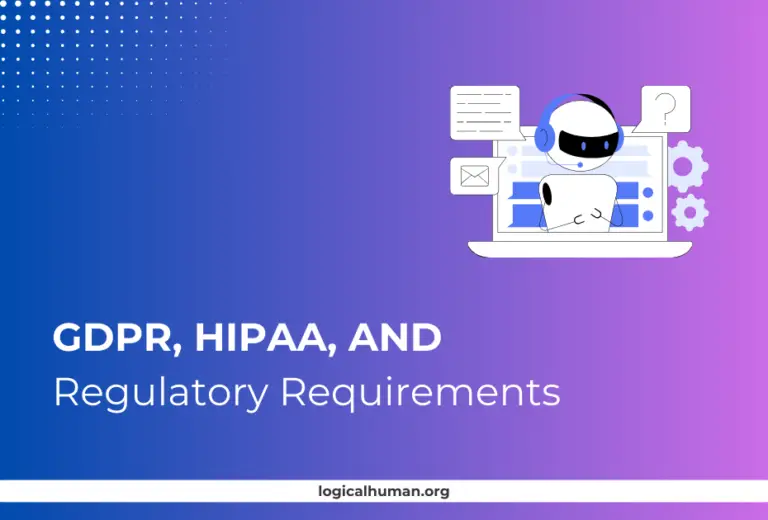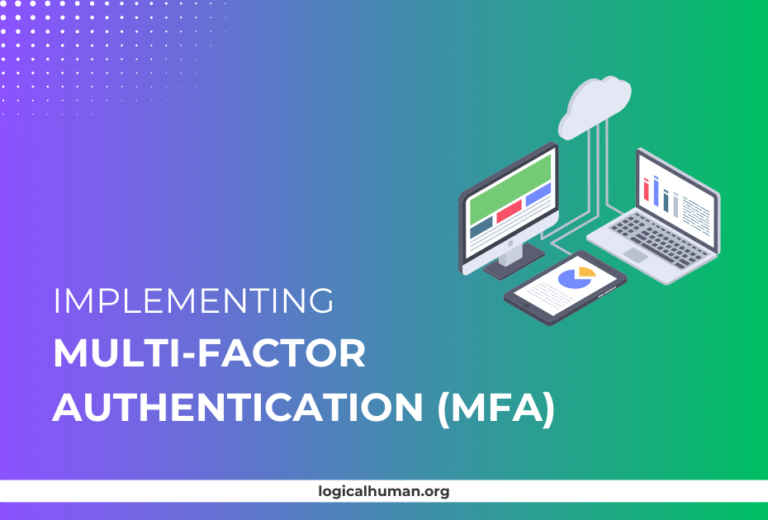Identity and Access Management, or IAM, is a crucial aspect of cloud security that ensures only authorized individuals have access to specific resources in your cloud environment. Think of IAM as the security guard at the entrance of your data. It verifies identities and controls who can enter and what they can do once inside. Without effective IAM, your cloud environment can become a free-for-all, risking unauthorized access and data breaches.
Understanding IAM
Definition of IAM
IAM is a framework of policies and technologies designed to ensure the right individuals access the right resources at the right times for the right reasons. It includes features such as user identification, authentication, authorization, and monitoring.
Importance of IAM in Cloud Security
IAM plays a pivotal role in safeguarding cloud environments by controlling access to sensitive data and resources. As more organizations migrate to the cloud, the need for robust IAM solutions grows. It helps mitigate risks such as unauthorized access, data breaches, and insider threats, ensuring that only legitimate users can access specific cloud resources.
Role of IAM in Cloud Security
IAM is not just a protective measure but an enabler of efficient cloud management. It helps organizations streamline user access, reduce administrative overhead, and maintain compliance with various regulatory standards.
Key Benefits of IAM for Cloud Environments
- Enhanced Security: IAM minimizes the risk of data breaches by ensuring that only authorized users have access to sensitive information.
- Compliance Management: Helps meet regulatory requirements by providing detailed access logs and reports.
- Operational Efficiency: Automates user access provisioning and de-provisioning, reducing manual errors and administrative tasks.
IAM vs Traditional Access Management
While traditional access management works well for on-premises environments, it struggles to handle the dynamic and scalable nature of cloud environments. IAM solutions are specifically designed to address the complexities of cloud security, offering features like identity federation, adaptive access, and API integration.
| Feature | AWS IAM | Microsoft Azure AD | Google Cloud IAM |
|---|---|---|---|
| User Authentication Methods | MFA, SSO, Access Keys | MFA, SSO, Conditional Access | MFA, SSO, OAuth2, Identity Platform |
| Access Control Models | RBAC, ABAC | RBAC, ABAC, Conditional Access | RBAC, Custom Roles, Policy-Based |
| Identity Federation Support | SAML, OpenID Connect, AWS SSO | SAML, OpenID Connect, WS-Federation | SAML, OIDC, JSON Web Tokens (JWT) |
| Policy Management | JSON-Based Policies, Service Control Policies | Role-Based Policies, Conditional Policies | Resource-Based Policies, IAM Policies |
| Compliance and Certifications | SOC, ISO, PCI, HIPAA | SOC, ISO, PCI, HIPAA, GDPR | SOC, ISO, PCI, HIPAA, GDPR |
| Integration with Other Services | Deep integration with AWS Services | Integration with Microsoft Services | Integration with Google Services |
Core Components of IAM
IAM is a multi-faceted discipline comprising several key components that work together to secure cloud environments effectively.
Authentication
Authentication verifies the identity of a user attempting to access a resource.
Multi-Factor Authentication (MFA)
MFA adds an extra layer of security by requiring users to provide two or more verification factors. It’s like adding a second lock on your front door. Even if one key is compromised, the second factor can prevent unauthorized access.
Single Sign-On (SSO)
SSO allows users to log in once and gain access to multiple applications without re-entering credentials. It’s like having a master key that opens several doors, improving user experience and reducing password fatigue.
Authorization
Authorization determines what resources an authenticated user can access and what actions they can perform.
Role-Based Access Control (RBAC)
RBAC assigns permissions based on the user’s role within the organization. For example, a manager may have different access rights than an intern, ensuring that users only access what’s necessary for their job function.
Attribute-Based Access Control (ABAC)
ABAC grants access based on attributes such as user department, location, or time of access. It offers a more granular level of control compared to RBAC, allowing for dynamic access decisions.
User Management
User management involves creating, updating, and deleting user accounts and their associated access rights.
User Provisioning and De-Provisioning
Automating user provisioning and de-provisioning ensures that employees have the access they need when they join and that their access is revoked when they leave. This reduces the risk of orphaned accounts that could be exploited by malicious actors.
Identity Federation
Identity Federation allows users to use the same credentials to access multiple applications across different domains. It simplifies user management and provides a seamless experience across various platforms.
IAM Best Practices for Cloud Security
Adopting best practices is essential for maintaining a secure and efficient IAM system.
Principle of Least Privilege
Grant users the minimum level of access necessary to perform their job functions. This reduces the risk of misuse or accidental exposure of sensitive data.
Continuous Monitoring and Auditing
Regularly monitor user activities and perform audits to detect any anomalies or unauthorized access attempts. This helps in early detection of security threats and ensures compliance.
Implementing Strong Password Policies
Ensure users create strong, unique passwords and encourage periodic password changes. Combining this with MFA can significantly bolster security.
Challenges in Implementing IAM in Cloud Security
Despite its benefits, implementing IAM in cloud environments comes with its own set of challenges.
Scalability Issues
As organizations grow, managing access for a large number of users can become complex. Ensuring that IAM systems scale effectively without compromising performance is a significant challenge.
Managing User Identities Across Multiple Cloud Platforms
Many organizations use multiple cloud providers, making it challenging to manage user identities and access consistently across platforms.
Ensuring Compliance and Governance
Maintaining compliance with regulations like GDPR and HIPAA is challenging, especially when managing access to sensitive data across different cloud environments.
IAM Tools and Solutions for Cloud Security
Several IAM tools are designed to address these challenges and secure cloud environments effectively.
AWS Identity and Access Management
AWS IAM allows you to control access to AWS resources securely. It offers fine-grained access control, enabling you to manage permissions for multiple users and resources efficiently.
Microsoft Azure Active Directory
Azure AD provides a robust IAM solution for managing user identities and access in the Azure cloud. It supports SSO, MFA, and conditional access, ensuring secure and efficient identity management.
Google Cloud IAM
Google Cloud IAM offers unified access control for all Google Cloud resources. It simplifies the management of permissions across projects and services, enhancing security and compliance.
IAM and Cloud Security Compliance
Compliance is a crucial aspect of cloud security, and IAM plays a pivotal role in meeting various regulatory requirements.
GDPR and IAM
IAM solutions help organizations comply with GDPR by providing data protection through access controls, audit logs, and data encryption.
HIPAA and IAM
For healthcare organizations, IAM is essential in maintaining HIPAA compliance. It ensures that only authorized personnel can access sensitive patient data.
SOC 2 and IAM
SOC 2 compliance requires organizations to maintain stringent security controls. IAM helps meet these requirements by managing access, maintaining audit trails, and enforcing security policies.
Future Trends in IAM for Cloud Security
As technology evolves, so do the strategies and tools for IAM in cloud security.
AI and Machine Learning in IAM
AI and machine learning are becoming integral to IAM, enabling predictive analytics for access patterns and automating anomaly detection, thereby enhancing security.
Zero Trust Security Model
The Zero Trust model assumes that no user or device is trustworthy by default, even if inside the network. IAM is central to this model, enforcing strict access controls and continuous verification.
Passwordless Authentication
Passwordless authentication methods, such as biometrics and security tokens, are gaining traction. They offer a more secure and user-friendly alternative to traditional passwords.
Conclusion
In an era where cloud adoption is accelerating, Identity and Access Management (IAM) is more important than ever. It serves as the backbone of cloud security, ensuring that only the right individuals have access to the right resources at the right times. Implementing robust IAM strategies and staying updated with the latest trends can significantly reduce the risk of data breaches and unauthorized access, helping organizations maintain a secure and compliant cloud environment.
FAQs
What is the difference between IAM and PAM?
IAM focuses on managing user identities and access across the organization, while Privileged Access Management (PAM) specifically manages and monitors privileged accounts with elevated access to critical systems.
How does IAM enhance cloud security?
IAM enhances cloud security by providing granular access control, enforcing authentication mechanisms, and enabling continuous monitoring of user activities to detect suspicious behavior.
What are the common mistakes to avoid in IAM implementation?
Avoid giving excessive permissions, neglecting to implement MFA, and failing to monitor and audit user activities regularly. These mistakes can lead to unauthorized access and data breaches.
Can IAM prevent data breaches?
While IAM cannot prevent all data breaches, it significantly reduces the risk by controlling access to sensitive data and resources, making it more difficult for unauthorized users to gain access.
What are the key IAM trends to watch in 2024?
Key trends include the adoption of AI and machine learning for identity analytics, the shift towards the Zero Trust security model, and the growing popularity of passwordless authentication methods.



